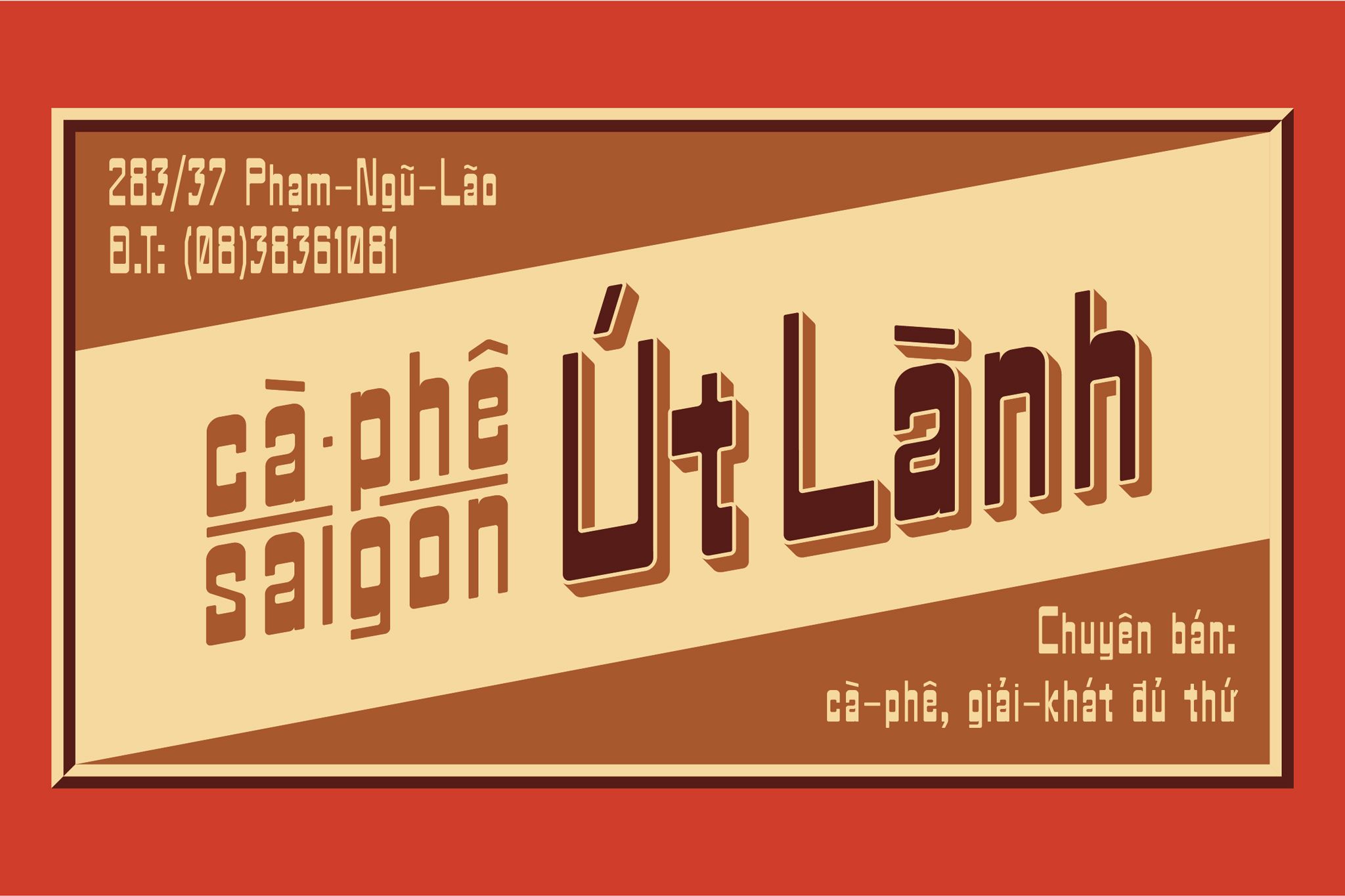There was a game I used to play with my dad whenever we would stop at a traffic light. He would point to a random license plate in front of us and quiz me on where it came from.
A typical Vietnamese plate has two lines: the first has a two-digit number, a hyphen, a letter from the English alphabet, and a number from 1 to 9; the second can have four or five numerical digits depending on how long ago the vehicle was registered.
The key to figuring out the plate’s “hometown” lies in the first number. My father, like many Vietnamese dads, as I’ve come to realize, has memorized all the special codes assigned to each of the country’s provinces.
Codes begin at 11 — Cao Bằng in the northern mountains — and generally increase as one moves south. Huge metropolises like Hanoi and Saigon have a range available for assignment: 29–33 and 40 for Hanoi; 41 and 50–59 for Saigon.
Put your hands in the air and learn all the provincial codes!
A fascinating thing about these numbers is how much they can tell you about Vietnam’s administrative history. For example, 13 is missing from the list because it used to belong to Hà Bắc Province, which was split into Bắc Giang and Bắc Ninh in 1996. The new provinces took on 98 and 99, respectively.
Apart from the numbers, the plates’ colors are also indicative of the owners’ affiliation. Blue plates with white letters are government vehicles. Red plates with white letters belong to the military. Yellow plates with black letters are vehicles providing commercial transportation, such as taxis, trucks, and ride-hailing cars. White plates with black letters are for common vehicles.















